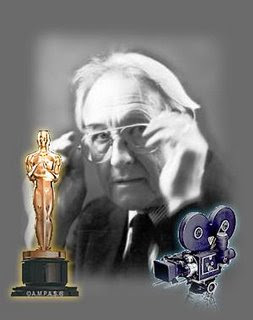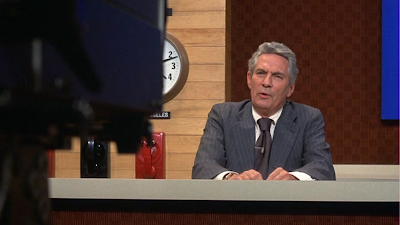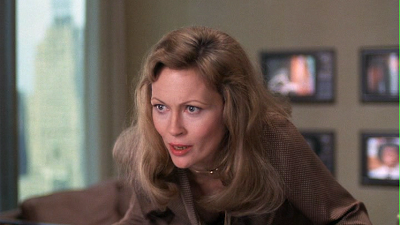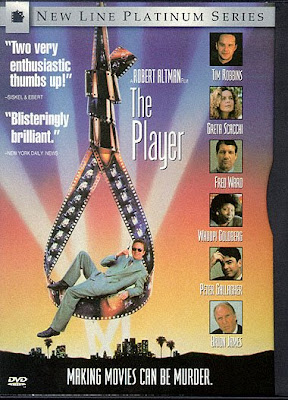
The Player
A Film by Robert Altman
Country : USA
Year : 1992
Runtime : 124 mins
5th April 2009 ; 5.45 pm
Ashwin Hospital Auditorium
Call: 94430 39630
http://konangalfilmsociety.blogspot.com/

Griffin Mill, the back-stabbing Hollywood studio exec brought to definitive life by Tim Robbins in The Player, gets antsy with writers who can't describe a movie in twenty-five words or less. It would be hard to describe Griffin Mill's job in terms that would make sense to anyone who has had to work for a living. He's a vice president at a movie studio, which pays him enormous sums of money to listen to people describe movies to him. When he hears a pitch he likes, he passes it along. He doesn't have the authority to give a "go" signal himself, and yet for those who beseech him to approve their screenplays, he has a terrifying negative authority. He can turn them down. Griffin starts getting anonymous postcards from a writer who says he is going to kill him. Griffin's crime: He said he would call the writer back, and he never did.

Robert Altman's "The Player," which tells Griffin's story with a cold sardonic glee, is a movie about today's Hollywood -- hilarious and heartless in about equal measure, and often at the same time. It is about an industry that is run like an exclusive rich boy's school, where all the kids are spoiled and most of them have ended up here because nobody else could stand them. Griffin is not capable of making a movie, but if a movie is going to be made, it has to get past him first.
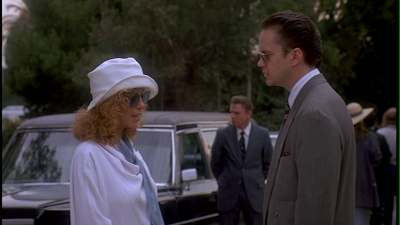
This is material Altman knows from the inside and the outside. "The Player" is a rare commodity. It's brilliant and a guilty pleasure. A subtle damning of things Hollywood, Robert Altman's seriocomedy slices its target with a thousand, imperceptible razor cuts. The bleeding comes almost subliminally, the pain disguised by the movie's soothing, L. A.-poolside manner.
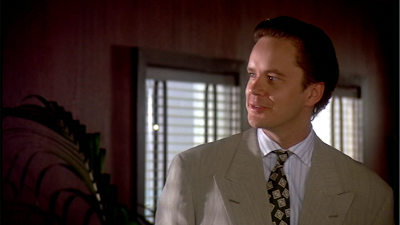
Altman and screenwriter Michael Tolkin (adapting his novel of the same name) have brought "The Player" as up to date as last week's People magazine. In this satire-cum-star parade, no less than 65 celebrities appear as themselves -- and they're just the supporting cast. We're talking Cher, Nick Nolte, Anjelica Huston, John Cusack, Jeff Goldblum, Harry Belafonte, Andie MacDowell, Burt Reynolds, Lily Tomlin, Jack Lemmon . . .

There are several big others, but their appearances are part of the movie's endless bevy of surprises. Some are there for an instant. Others play larger parts. Everyone of them is making satirical light of themselves. This movie's the kamikaze version of "That's Entertainment."

Jean Lapine's camera gazes on the proceedings with the addled euphoria of someone who's been too long in the hot tub. This picturesque sterility is the movie's cutting edge -- an artistic, entertaining balm for the mediocrity it makes fun of. An ultimate irony presents itself: If this movie were pitched in the world it so handily satirizes, would it ever see the green light of production? Watch "The Player" and you'll get to find out.
(Source - Internet )

ROBERT ALTMAN
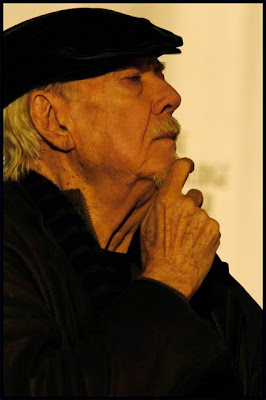
Robert Bernard Altman (20 February 1925 – 20 November 2006) was an American film director known for making films that are highly naturalistic, but with a stylized perspective.
Until 1956, Altman directed 60 to 65 industrial short films, earning $250 a month while simultaneously getting the necessary training and experience. The Delinquents became his first feature film. Altman wrote the script in one week and filmed it with a budget of $63,000 on location in Kansas City in two weeks.
Altman then struggled for several years after quarreling with Jack Warner, the head of Warner Brothers , and it was during this time that he first formed his "anti-Hollywood" opinions and entered a new stage of filmmaking.
In 1969 Altman directed MASH and it was a huge success, both with critics and at the box office. It was given the Grand Prix for the Best Film at the 1970 Cannes Film Festival. He followed it with other critical breakthroughs such as McCabe & Mrs. Miller (1971), The Long Goodbye (1973), Thieves Like Us (1974) and Nashville (1975), which made the distinctive, experimental "Altman style" well known.
As a director, Altman favored stories showing the interrelationships between several characters; he stated that he was more interested in character motivation than in intricate plots. As such, he tended to sketch out only a basic plot for the film, referring to the screenplay as a "blueprint" for action, and allowed his actors to improvise dialogue. This is one of the reasons Altman was known as an "actor's director", a reputation that helped him work with large casts of well-known actors.
Altman made films that no other filmmaker and/or studio would. In 1975, Altman made Nashville, for which he was, awarded Best Director by the Cannes Film Festival, BAFTA, and the New York Film Critics Circle. After the success of his next film The Player, Altman directed 1993's Short Cuts, an ambitious adaptation of several short stories by Raymond Carver, and won the Golden Lion at the 1993 Venice International Film Festival and earned another Oscar nomination for Best Director. In 1998, Altman made The Gingerbread Man, and in 1999 Cookie's Fortune, another critical success.In 2001, Altman's film Gosford Park gained a spot on many critics' lists of the ten best films of that year.
Altman's vision of society and film-making has been influenced by his leftist politics.Altman was one of several famous people (along with individuals as Noam Chomsky and Susan Sarandon) who signed the Not In My Name declaration opposing the 2003 invasion of Iraq.Altman died on November 20, 2006 at age 81.











